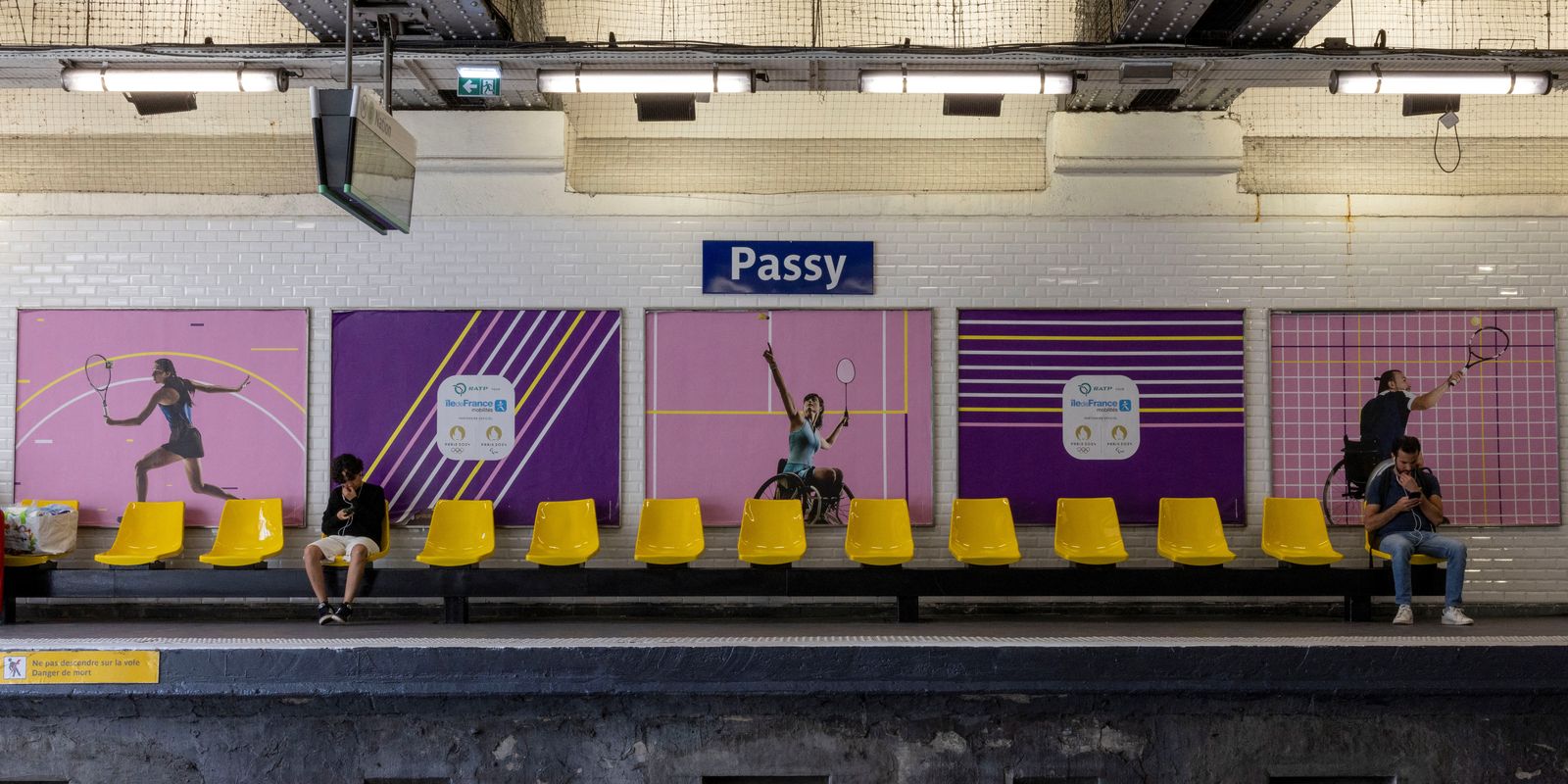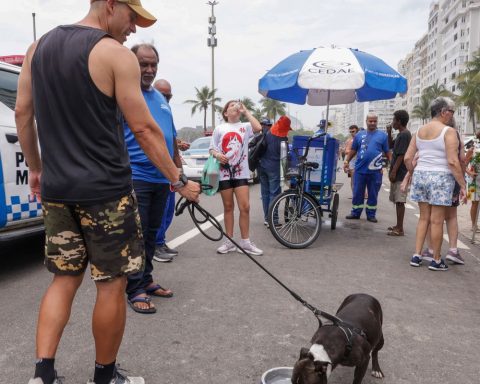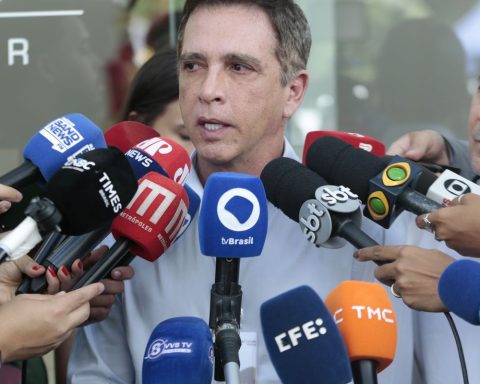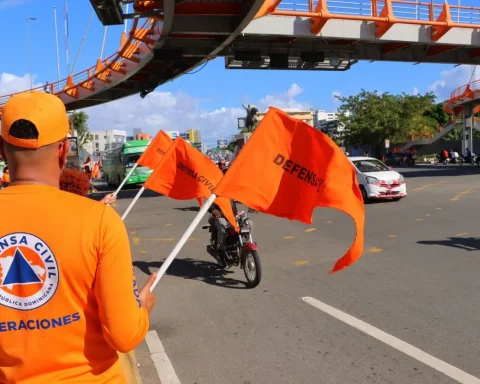What is the greatest legacy that a mega sporting event can bring to a city? In the case of the Paralympic Games, they bring the spotlight to issues that involve the daily lives of people with disabilities, whether they are athletes or not. Among them, accessibility, which, in the case of Paris, is still particularly challenging despite the advances motivated by the hosting of the Paralympics.
Around 185,000 people with disabilities live in the French capital. Three years ago, according to the local government, one in every two bus stops in Paris had accessibility ramps. Currently, 59 of the 61 municipal lines are considered adapted, meaning that at least 70% of stops are accessible. According to the government, 22 million euros (R$136 million) were invested in these works.
Another intervention was made at 2,500 traffic lights in the city, with the installation of sound modules. Activated by a button on the traffic light itself or a remote control, which is distributed free of charge to citizens or visitors, they emit sounds to help people with visual impairments. The city’s planning is to reach 10,400 modules.
Another goal regarding accessibility in Paris is to have at least one adapted school every 15 minutes of walking, to serve the approximately 12,000 students with disabilities in the city. According to the City Hall, the goal is to exceed 240,000 accessible units by 2026 and complete the project by 2030.
With regard to public buildings, the Paris city government’s goal is to have 90% of them accessible by next year. In 2022, only 45% were adapted. As a result of the Olympic and Paralympic Games, six sports facilities have already been renovated with an investment of 10 million euros (R$62 million). This is the case of the Georges Vallerey Pool, which hosted swimming at the 1924 Olympics. The structure received tactile flooring, ramps and even a small room was built to accommodate guide dogs.
“When we compare Paris in 2017 with 2024, there was incredible growth [em acessibilidade]. Paris understood the challenge and the opportunity. We will have a legacy in transportation, education, legislation and society’s perception of people with disabilities. The Paralympics are the most transformative event in the world,” said the president of the International Paralympic Committee (IPC), Andrew Parsons, to the report by Brazilian Communications Company (EBC).
Even so, there are bottlenecks. The report by EBC spoke, in Place de la Bastille, with Spanish tourist Marta Moreira and her family, who had come from Barcelona (Spain). A wheelchair user with a delicate mobility condition, so much so that she used her mouth to move the wheelchair, Marta encountered accessibility difficulties in the hotel where she was staying. According to her mother, there was no elevator in the property, which was old.
“Most of the stores don’t have wheelchair ramps and the streets are very steep. So the subway is out of the question,” said Marta.
In fact, the Paris metro system is problematic when it comes to inclusion. More than a century old and one of the busiest in the European Union, with around four million passengers per day, the capital’s metro has only 29 of its more than 300 stations considered suitable for people with disabilities or reduced mobility. Only line 14, the newest, is 100% accessible.
Many stations do not have elevators and require a long staircase to enter, making them unsuitable for wheelchair users. On some older lines, the carriage door must be opened using a lever when exiting, which can be difficult for people with amputations or motor impairments in their upper limbs. Care must be taken when exiting the carriage, as there is a gap between the train and the platform.
A law of February 11, 2005, required public transport to be accessible to people with disabilities within ten years. However, the Paris metro was considered an exception, citing technical limitations linked to the conservation of architectural heritage and the impact of potential works, which would be lengthy and would have an impact on passenger traffic in general.
Days before the Paralympics began, however, the president of the Ile-de-France Regional Council, Valérie Pécresse, defended a project that would make the Parisian metro 100% accessible. The project is estimated to cost around 20 billion euros (R$120 billion) and take at least 20 years to complete. She asked the Federal Government and the City Hall to help the regional administration with the cost of the initiative.
A city considered a reference in terms of accessibility after a Paralympic Games is precisely Marta’s Barcelona. The capital of Catalonia hosted the mega-event in 1992, after the Olympics. Between 1995 and 2004, a local accessibility plan was put into practice, determining that all sidewalks and squares would be adapted for people with disabilities. In addition, practically 100% of the metro stations are accessible. The transformation of Barcelona became the subject of a documentary produced by the IPC.
Throughout the Games, the report from EBC tried to interview Deputy Mayor Lamia El Aaraje, responsible for accessibility actions in Paris, but received no response.
















